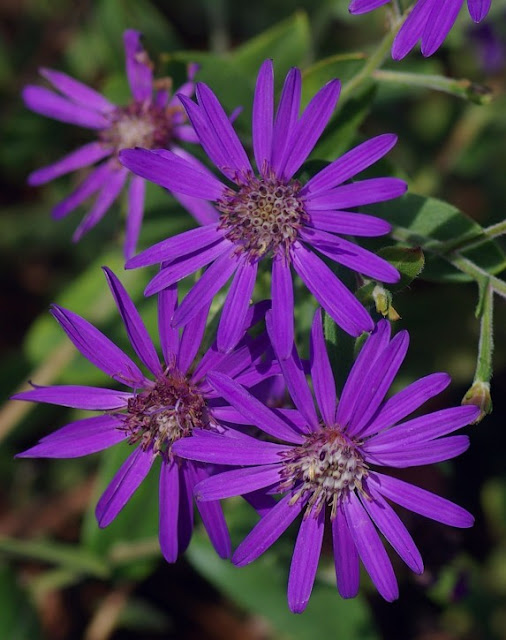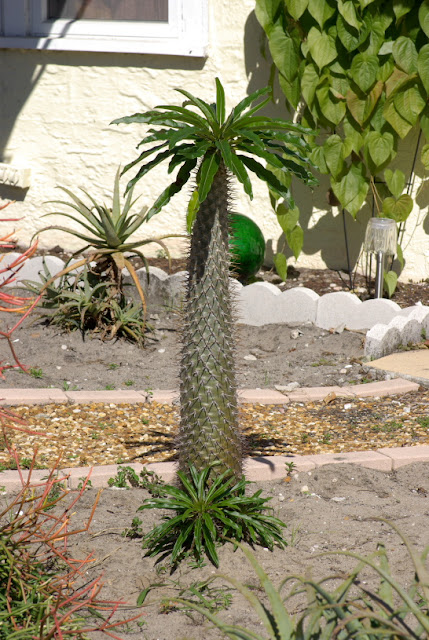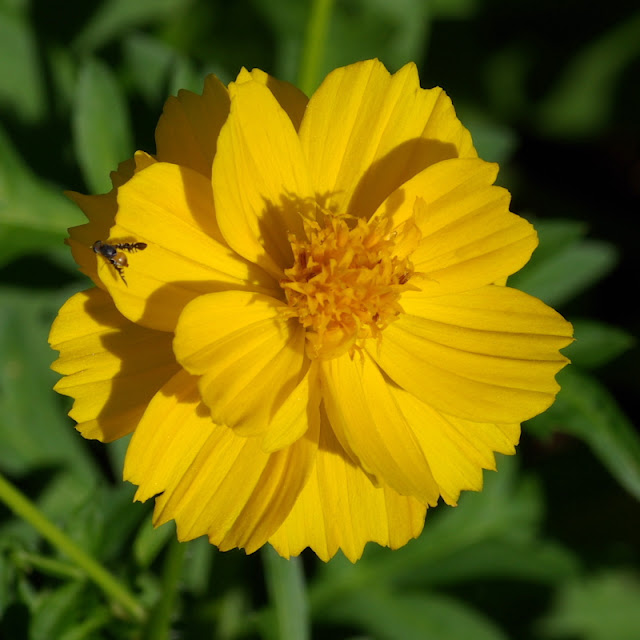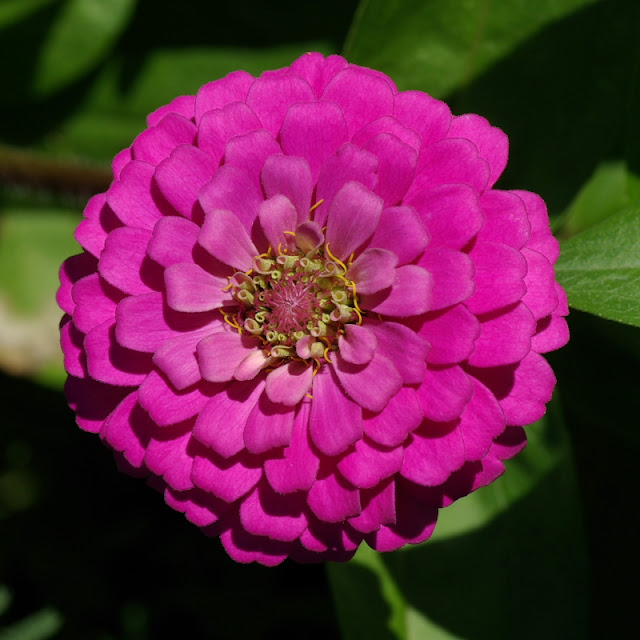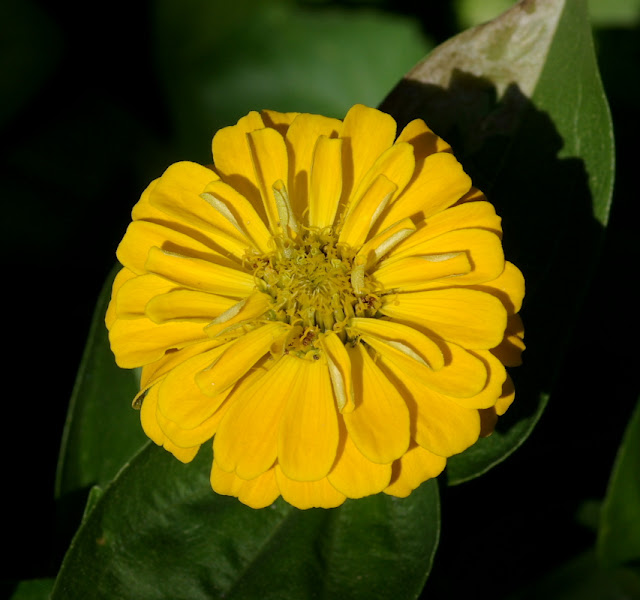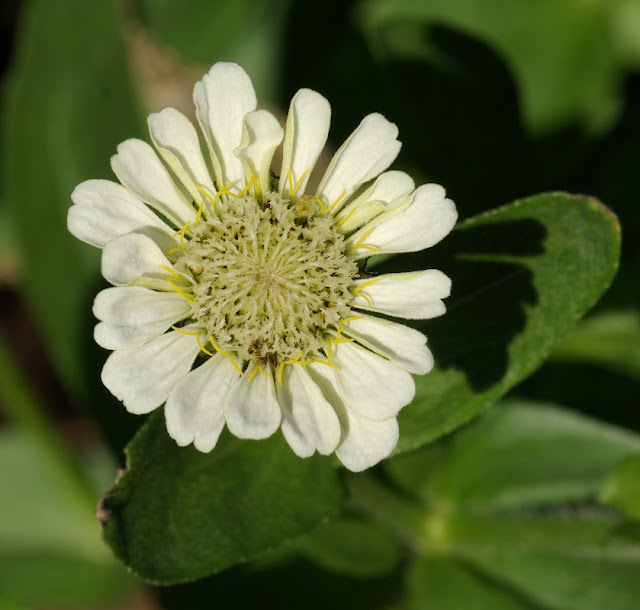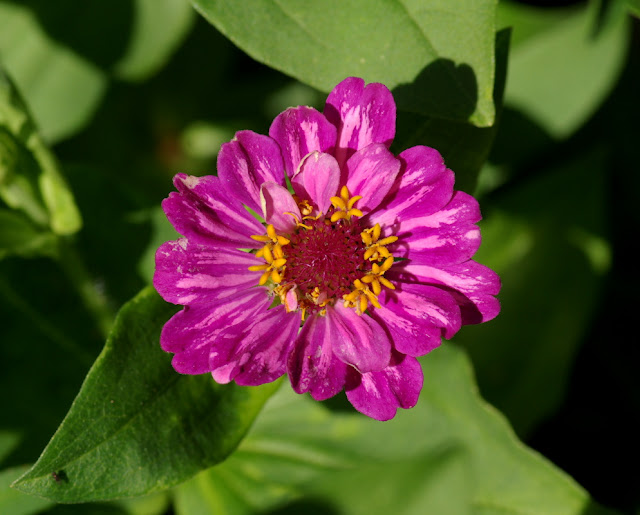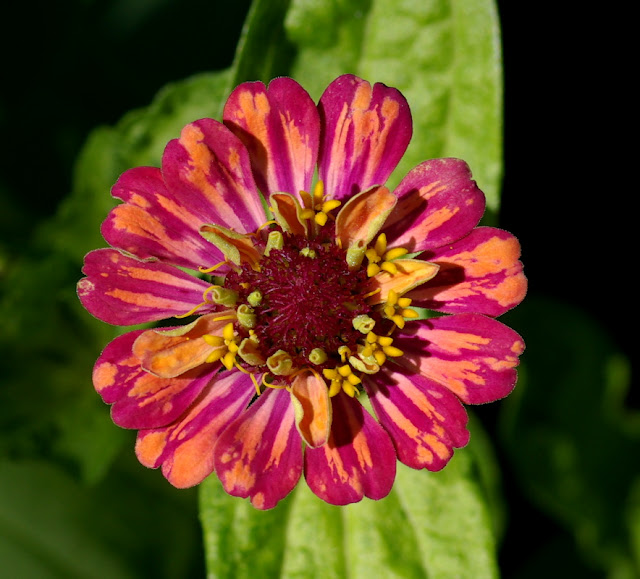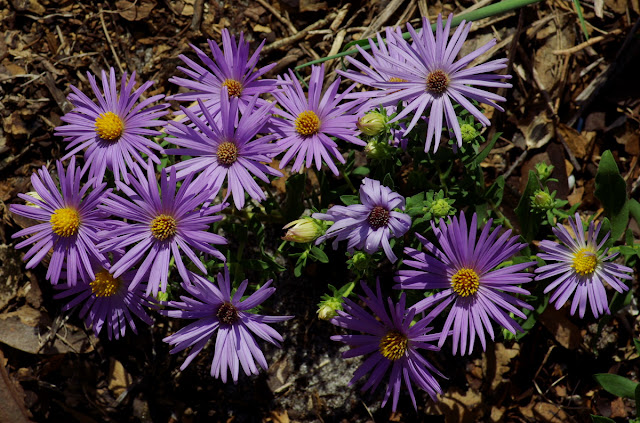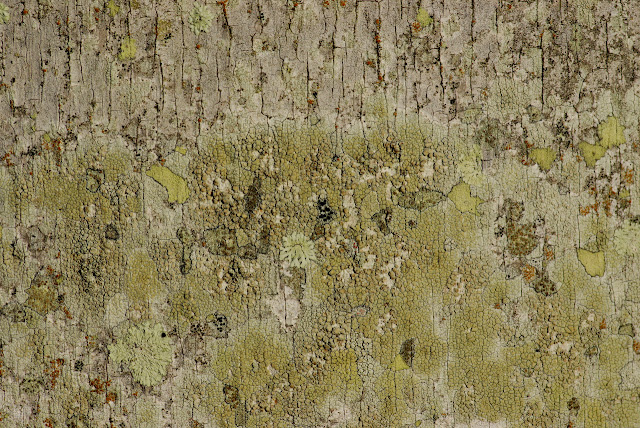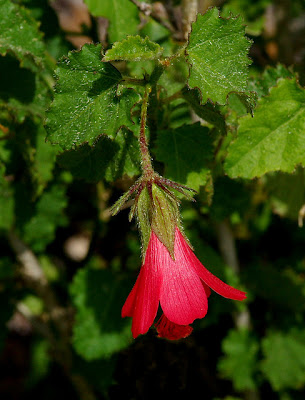 |
| Corchorus siliquosus bears an elongated capsule with four toothlike appendages at its apex (note the unripe capsule in the lower left side of the image). |
Slippery burr, Corchorus siliquosus, is a native short-lived perennial or subshrub recorded from south Florida in Collier, Miami-Dade, and Monroe counties, including the Florida Keys. It is an inconspicuous plant due to its thin, erect stems with short side branches and small leaves and it tends to blend in with the surrounding vegetation. Although normally growing 1–3.3 feet (0.3–1.0 meters) tall, it can flower and set seed when only a few inches tall. At about 0.4 inches (10 millimeters) wide, the flowers are too small to make a showy display but they are extremely attractive due their brilliant yellow color and numerous stamens. The flowers are ephemeral, opening around 2:00 or 3:00 P.M. and closing the next morning, but large, healthy plants will produce numerous flowers over a long period in the summer and extending into autumn or winter. The flowers are soon followed by elongated capsules 2–3 inches (5–8 centimeters) long filled with numerous small black seeds. Unfortunately, the charms of Corchorus siliquosus in flower are soon diminished by the conspicuous, numerous, and rather unsightly seed capsules. However, since plants tend to decline after a year or two, gardeners must let it go to seed if they wish to have it persist from one year to the next.
Corchorus siliquosus is a somewhat weedy plant of open, disturbed sites. This is both good and bad as far as its cultivation is concerned. It is a good thing because, like most weedy plants, it is very easily cultivated in just about any sunny spot with well-drained soil. It is bad because it produces a prodigious number of self-sown seedlings and can soon overtake a large sunny garden bed if larger or more aggressive plants are not present to keep it in check. In spite of its weedy nature, I enjoy its little flowers in the late summer and autumn garden, where they shine with a fiery glow on crisp, clear, sunny afternoons and thus always keep one or two plants going in the yard. Propagation presents few problems and Corchorus siliquosus may be easily grown from cuttings. It is also easily propagated from seeds but patience is sometimes required since the seeds can sometimes be slow and erratic in their germination.
There are three other species of Corchorus in Florida, one other native and two that have been introduced from the tropics. Corchorus siliquosus is distinguished from all other species in Florida by its long seed capsules that abruptly end in four small, toothlike protuberances at the apex. Corchorus siliquosus is a plant of the North American tropics from southern Florida and the West Indies as well as from Mexico to Panama. Although today it is regarded as native to Florida, John Kunkel Small regarded it as naturalized from the West Indies. There is a possibility that both views are correct with plants in the Florida Keys and Everglades National Park being native and those from disturbed ruderal sites elsewhere in Florida representing inadvertent introductions resulting from human activities.
Image and text © 2012 Rufino Osorio



